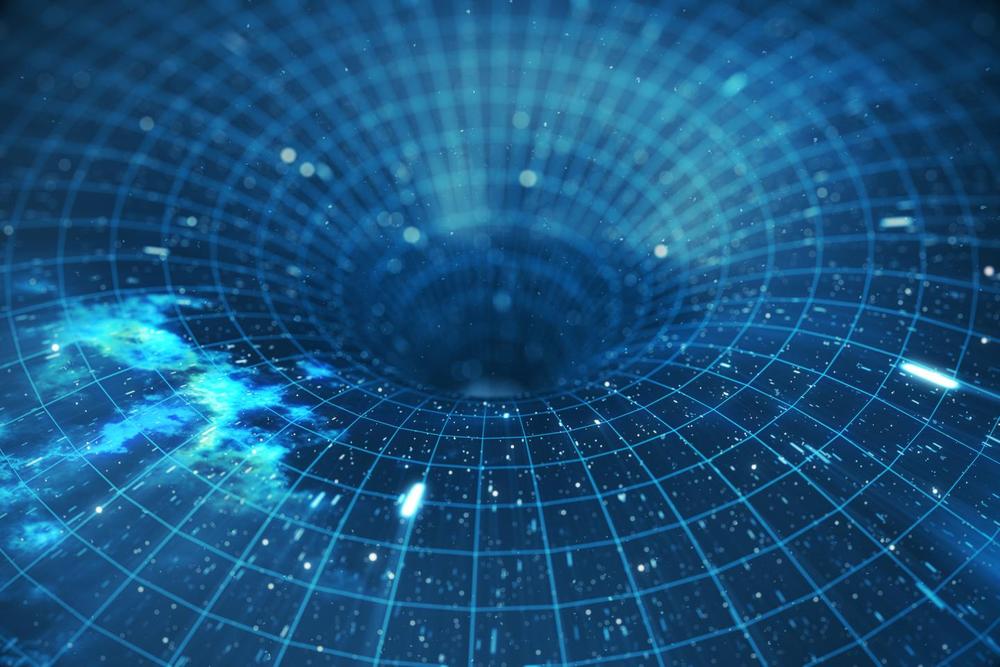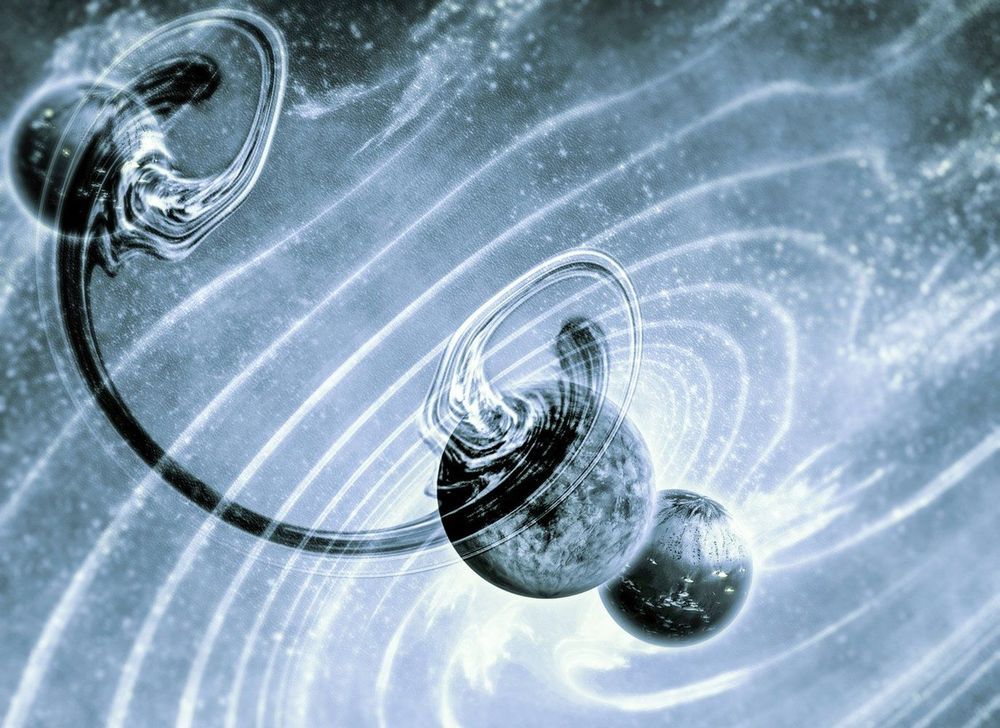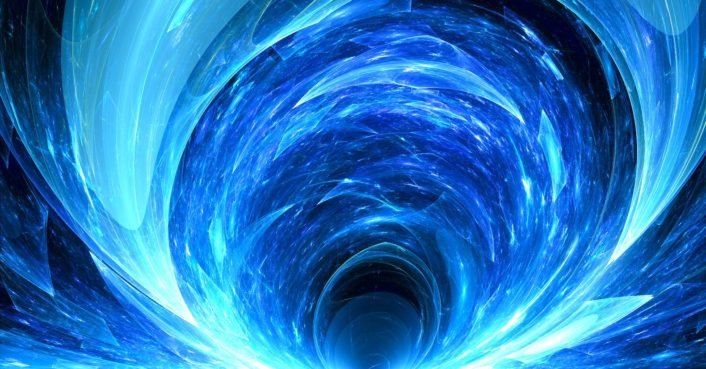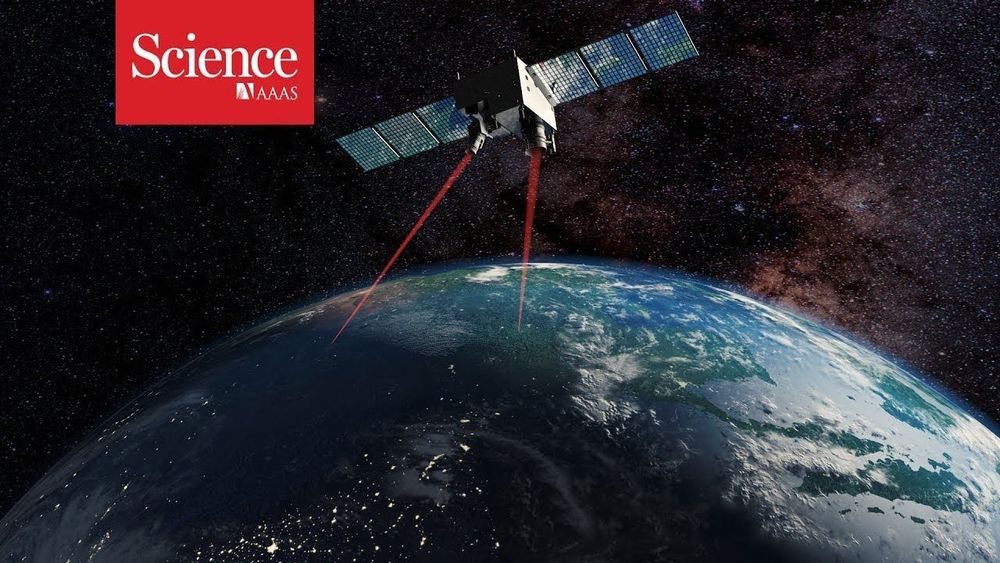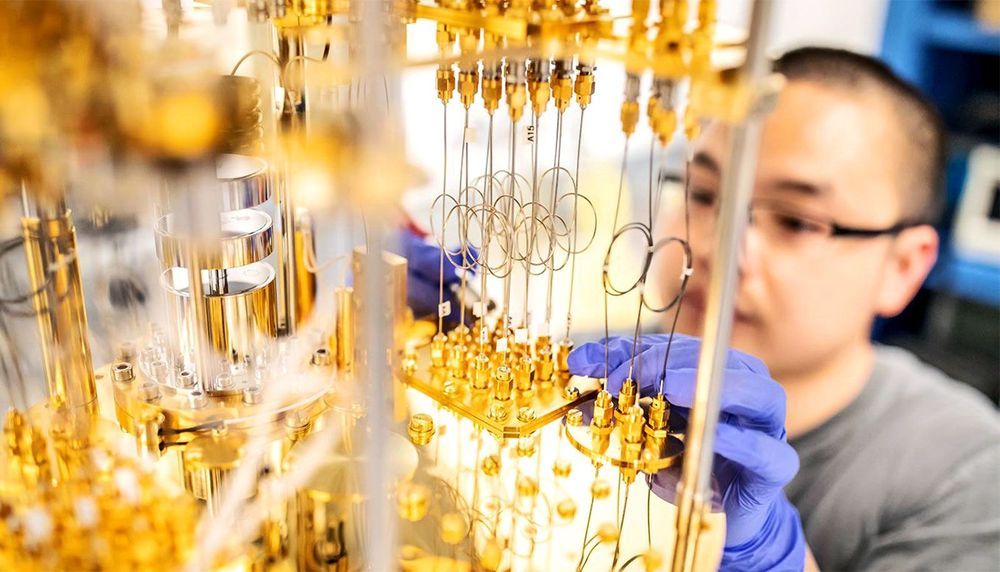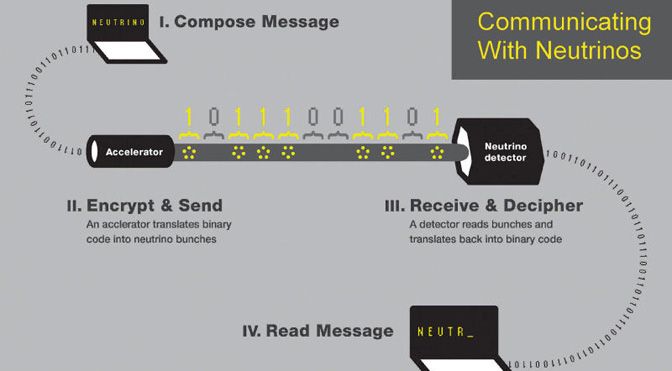Page 9132
May 17, 2019
Out of a Magic Math Function, One Solution to Rule Them All
Posted by Quinn Sena in category: mathematics
Mathematicians used “magic functions” to prove that two highly symmetric lattices solve a myriad of problems in eight- and 24-dimensional space.
May 17, 2019
Physicists Think You Could Be Rescued from a Black Hole — But Don’t Risk It
Posted by Quinn Sena in categories: cosmology, quantum physics
DENVER — Researchers have developed a new, unspeakably dangerous, and incredibly slow method of crossing the universe. It involves wormholes linking special black holes that probably don’t exist. And it might explain what’s really going on when physicists quantum-teleport information from one point to another — from the perspective of the teleported bit of information.
Daniel Jafferis, a Harvard University physicist, described the proposed method at a talk April 13 here at a meeting of the American Physical Society. This method, he told his assembled colleagues, involves two black holes that are entangled so that they are connected across space and time.
May 17, 2019
New quantum tunneling application captures electricity from Earth’s heat
Posted by Quinn Sena in category: quantum physics
Researchers have learned how to produce electricity from Earth’s excess infrared radiation and waste heat through the unusual physics of quantum tunneling.
May 17, 2019
Quantum Teleportation Is Sci-Fi Technology in Real Life
Posted by Quinn Sena in category: quantum physics
May 17, 2019
Quantum bit communication breaks distance record
Posted by Quinn Sena in category: quantum physics
Two new studies show quantum bits connecting over the longest distance ever and also via sound.
May 17, 2019
Supersymmetry boosts beam quality of laser arrays
Posted by Quinn Sena in category: futurism
May 17, 2019
Wireless neutrino network could pass through the center of the Earth
Posted by Quinn Sena in categories: particle physics, space
Scientists working at the Fermi National Accelerator Laboratory (Fermilab) near Chicago have successfully communicated a short digital message using a stream of neutrinos. While this sounds cool, the truly exceptional bit is that the message was transmitted through 790 feet (240m) of solid stone.
Neutrinos are subatomic particles (like electrons or quarks, or the theorized Higgs boson) that have almost zero mass, a neutral charge (thus their name), and travel at close to the speed of light. Unlike almost every other particle in the universe, neutrinos are unaffected by electromagnetism (because of their neutral charge), and only subject to gravity and weak nuclear force. This means that neutrinos can easily pass through solid objects as large as planets. Every second, 65 billion neutrinos from the Sun pass through each square centimeter of the Earth at almost the speed of light.
To recreate this effect, the Fermilab scientists used a particle accelerator (NuMI) to shoot a stream of neutrinos through 240 meters of stone at the MINERvA neutrino detector. If MINERvA detected neutrinos, it registered as a binary 1; no neutrinos, binary 0. Using this technique (pictured above), the scientists, with a burst of originality to rival Alexander Graham Bell himself, transmitted the word “neutrino.”
Continue reading “Wireless neutrino network could pass through the center of the Earth” »
May 17, 2019
Going 1 Million Miles per Hour With Advanced Propulsion
Posted by Quinn Sena in categories: innovation, space travel
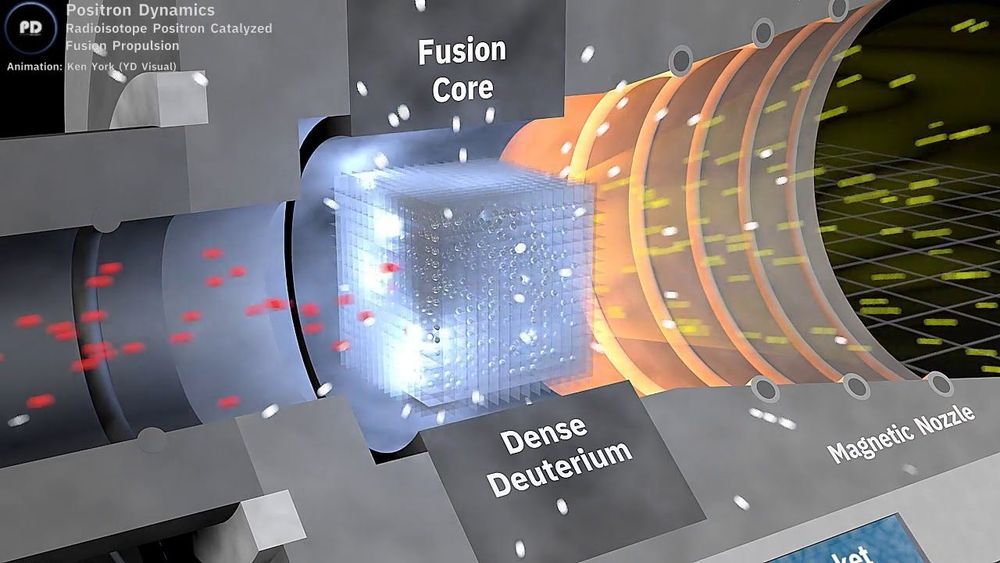
Advanced propulsion breakthroughs are near. Spacecraft have been stuck at slow chemical rocket speeds for years and weak ion drive for decades. However, speeds over one million miles per hour before 2050 are possible. There are surprising new innovations with technically feasible projects.
NASA Institute for Advanced Concepts (NIAC) is funding two high potential concepts. New ion drives could have ten times better in terms of ISP and power levels ten thousand times higher. Antimatter propulsion and multi-megawatt ion drives are being developed.
Continue reading “Going 1 Million Miles per Hour With Advanced Propulsion” »
May 17, 2019
Computronium universe – computation limits of computronium and limits to the universe
Posted by Quinn Sena in categories: cosmology, Ray Kurzweil
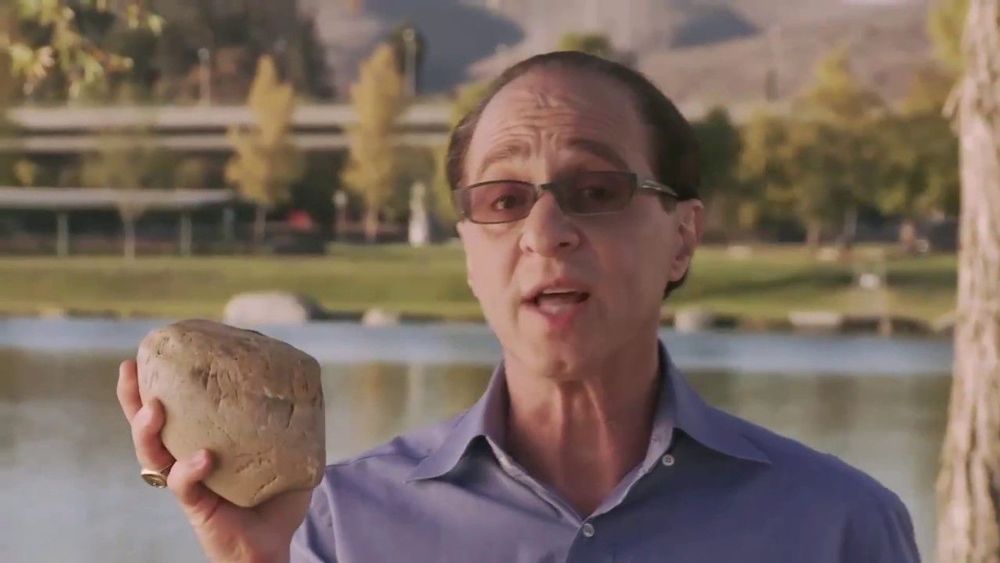
Ray Kurzweil discusses having a universe filled with Computronium.
He discusses this happening within 200 years if wormholes or some other means allow faster than light travel.
